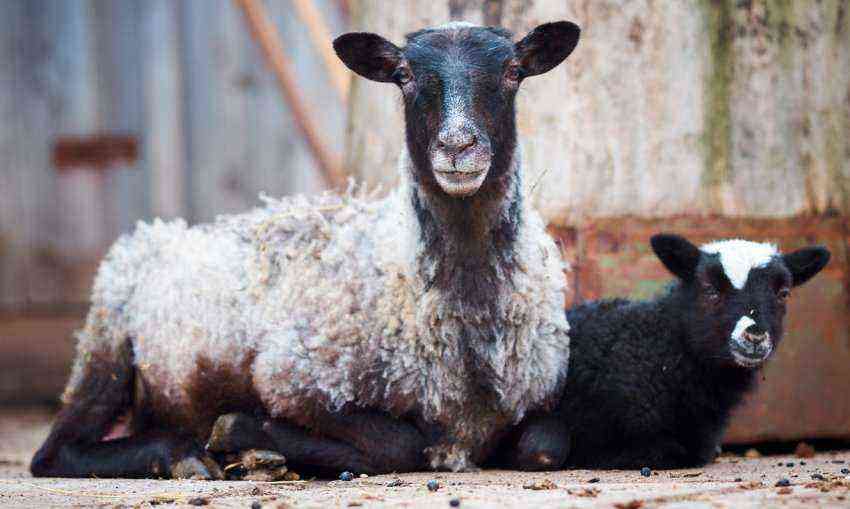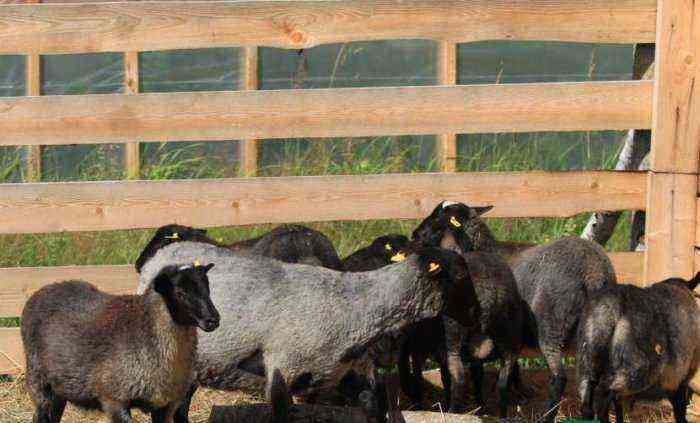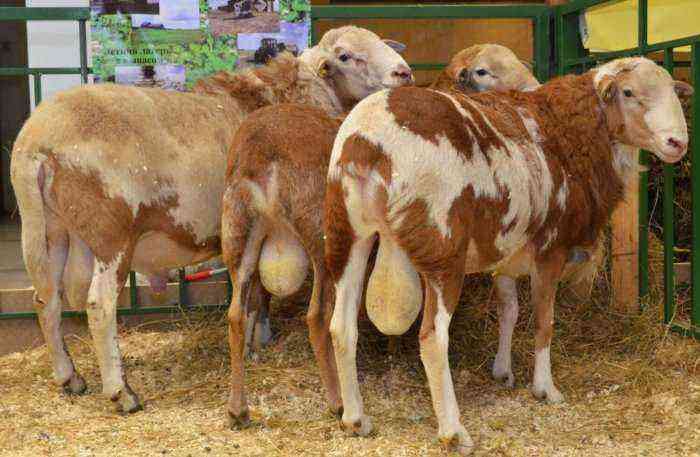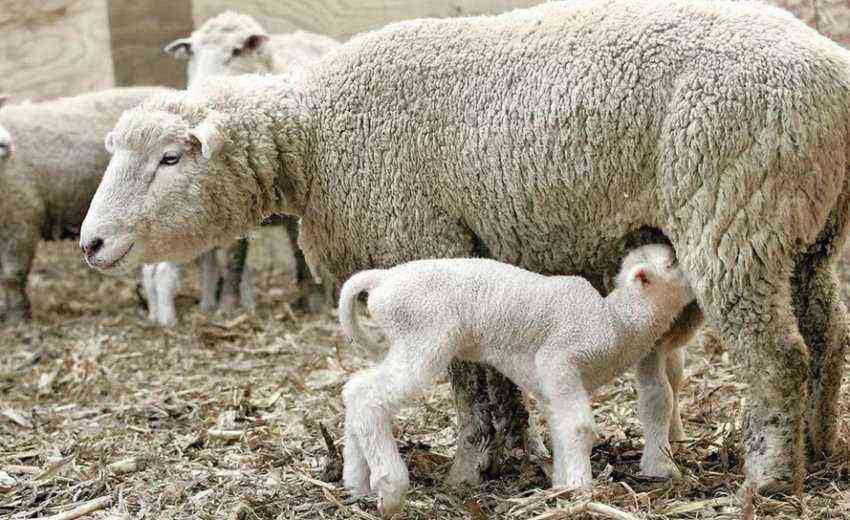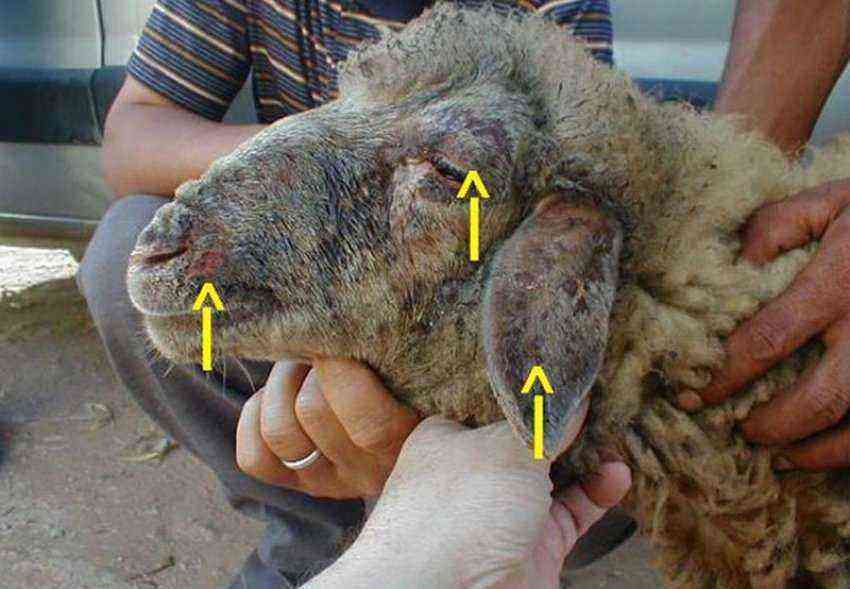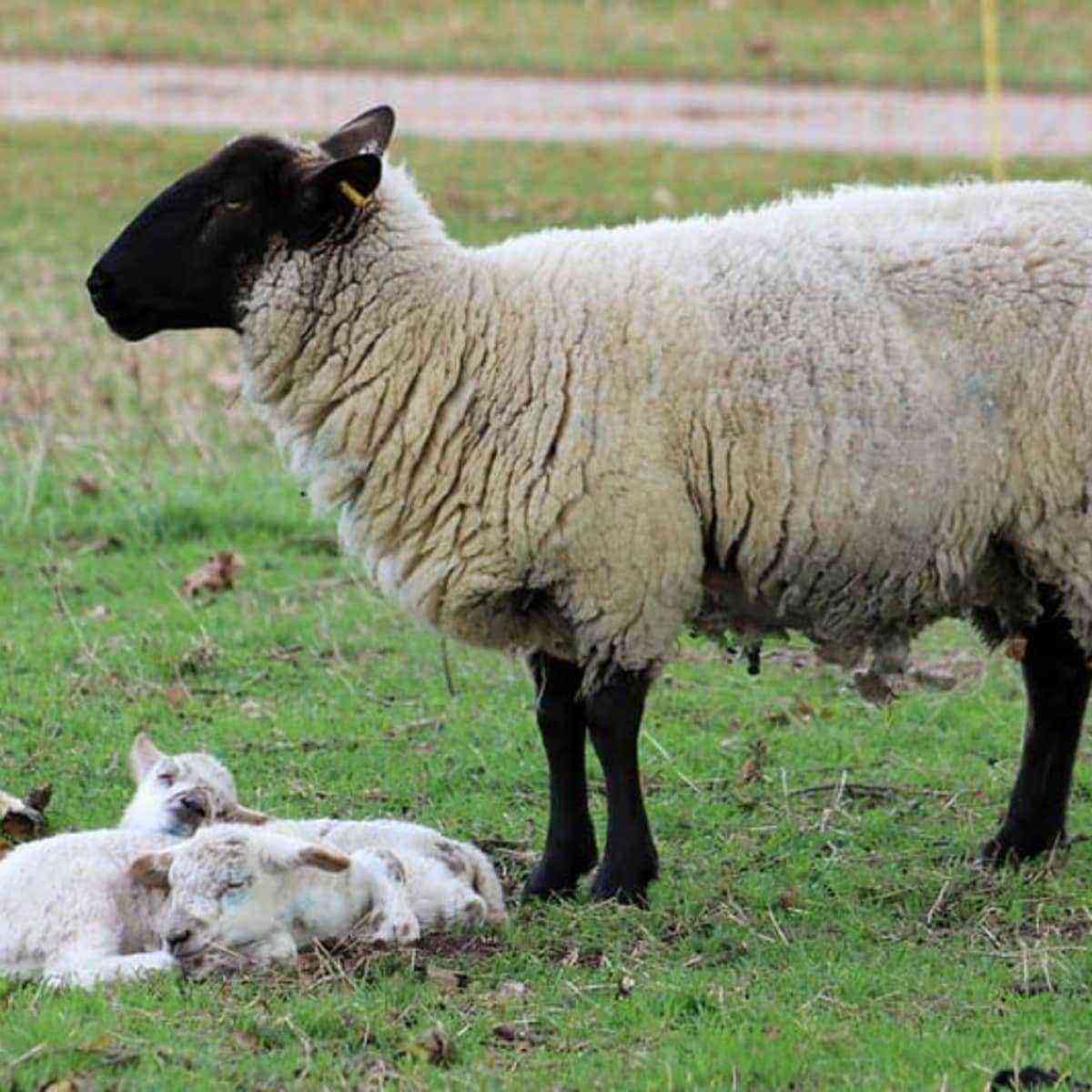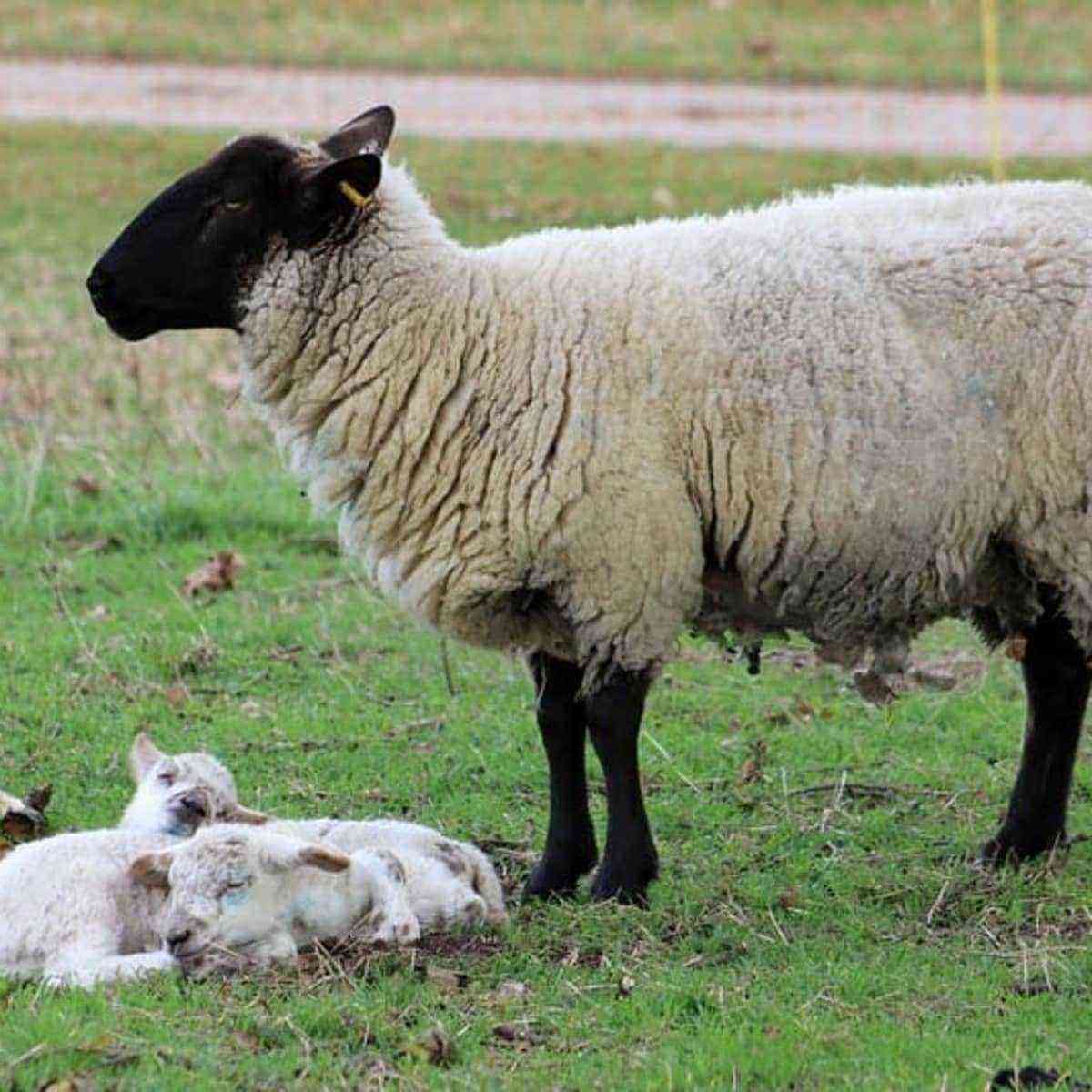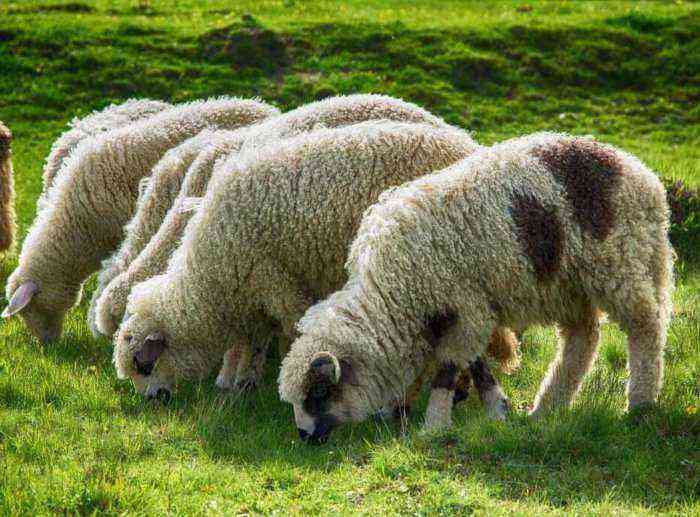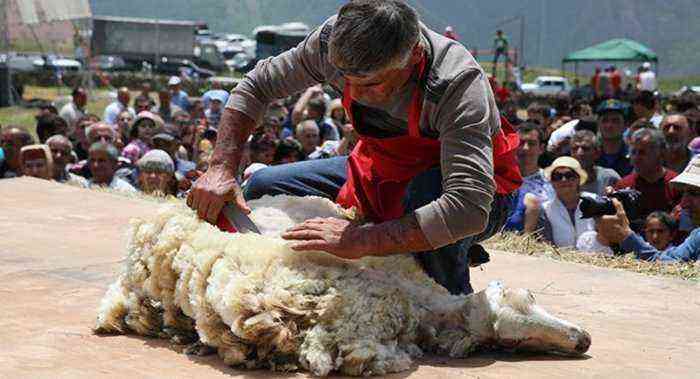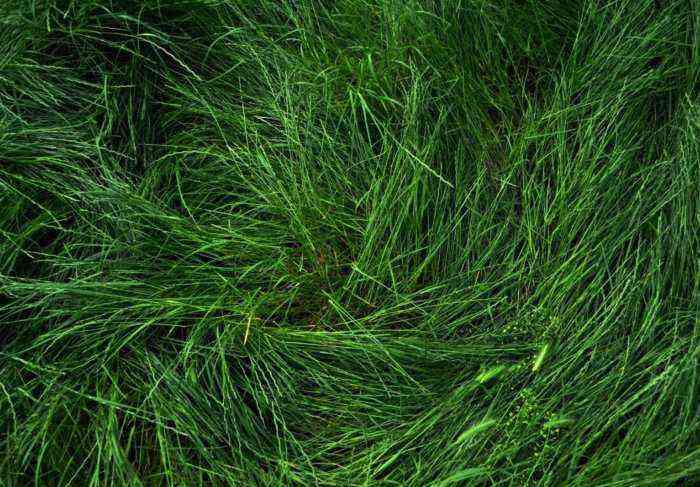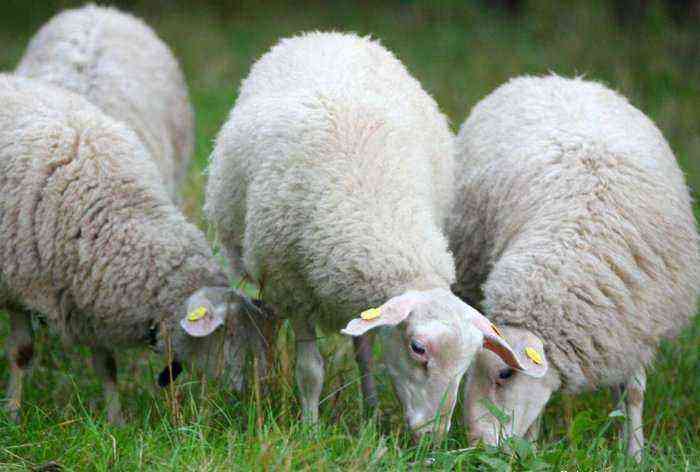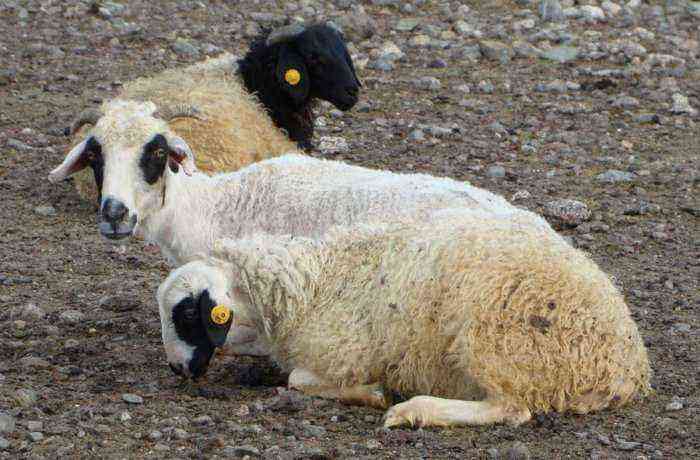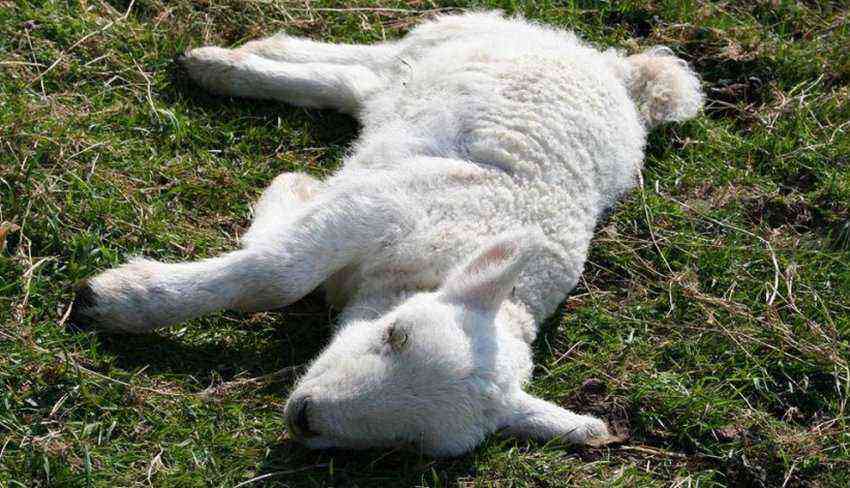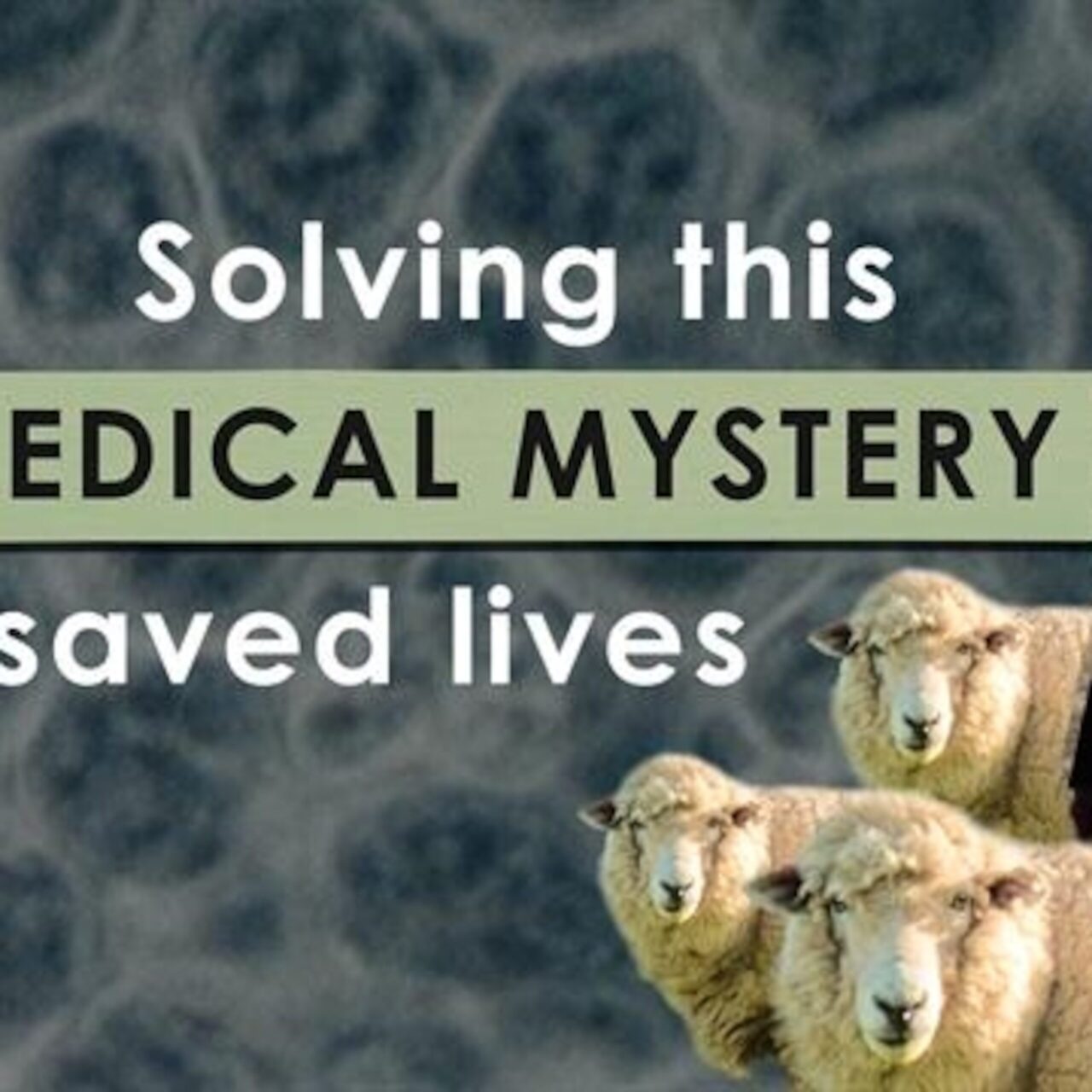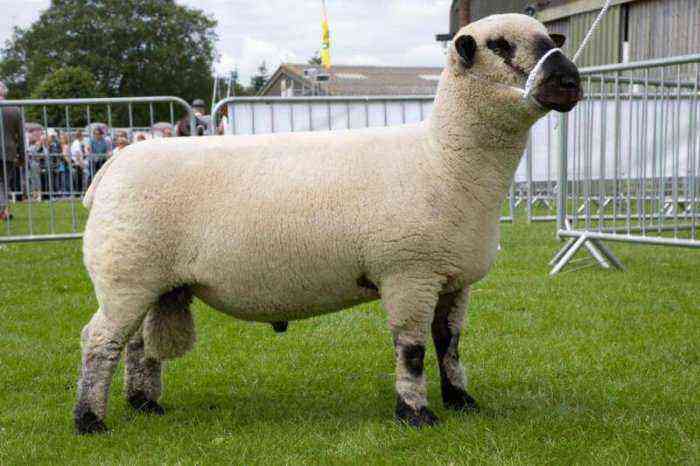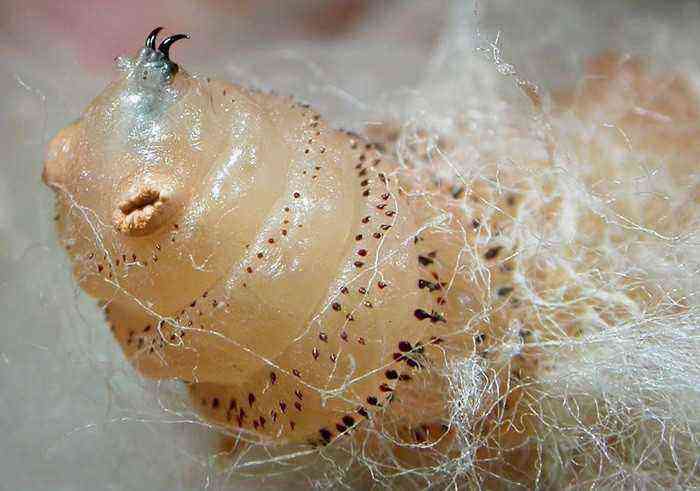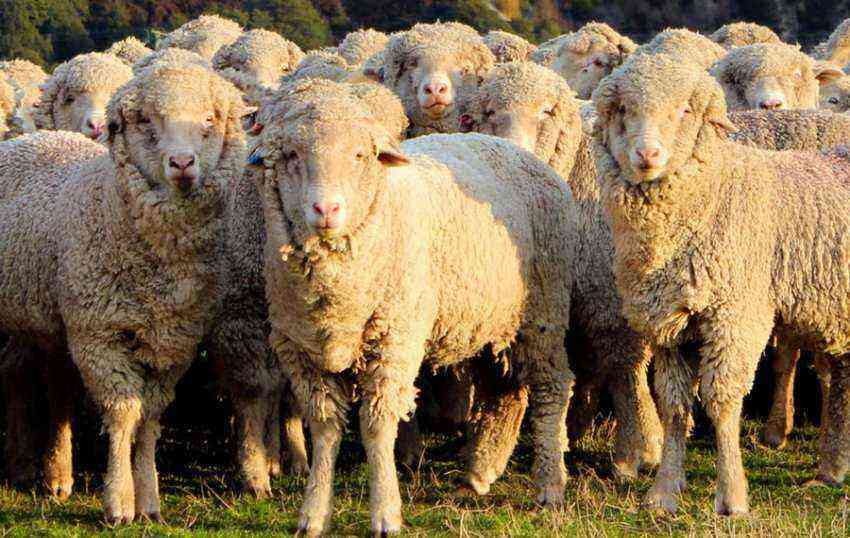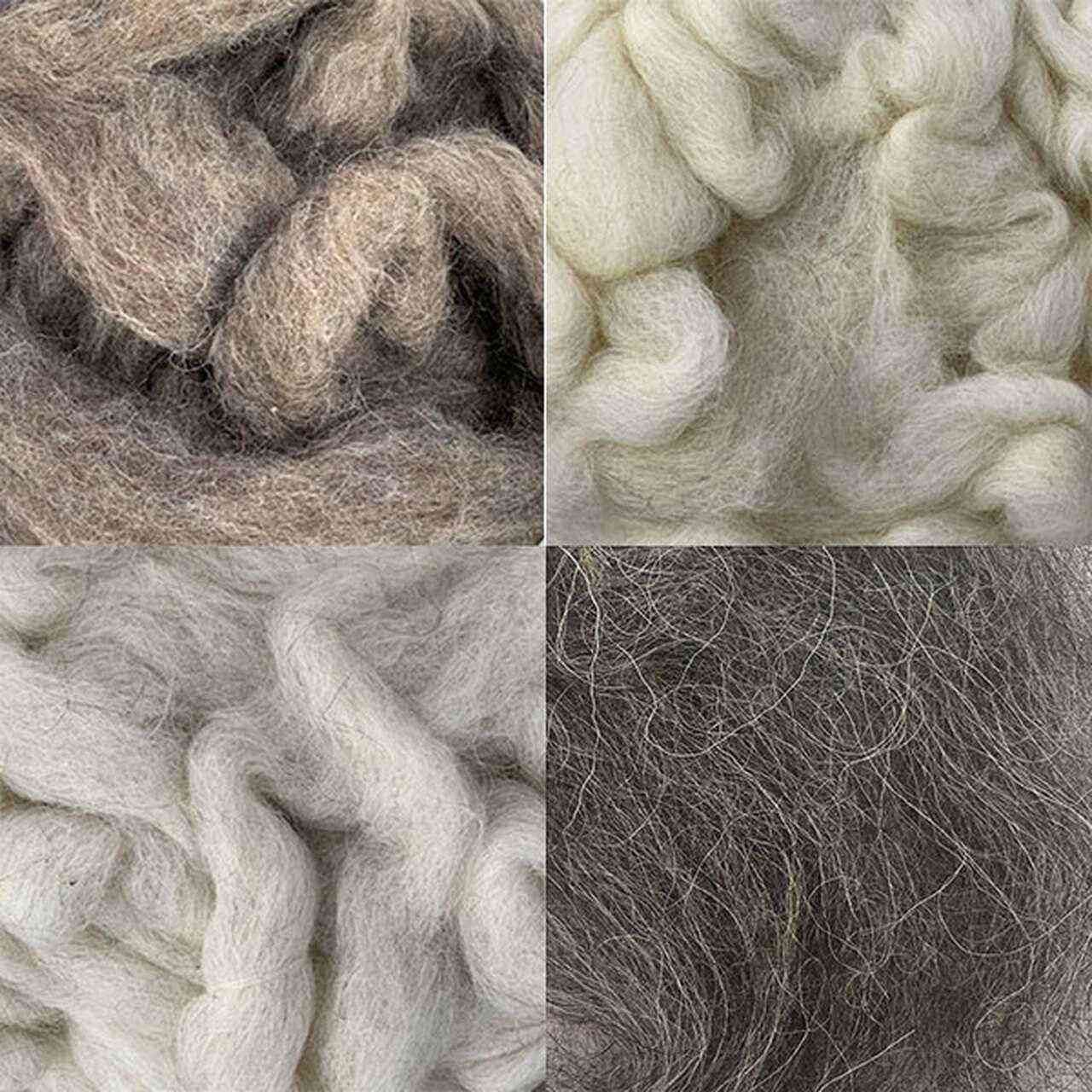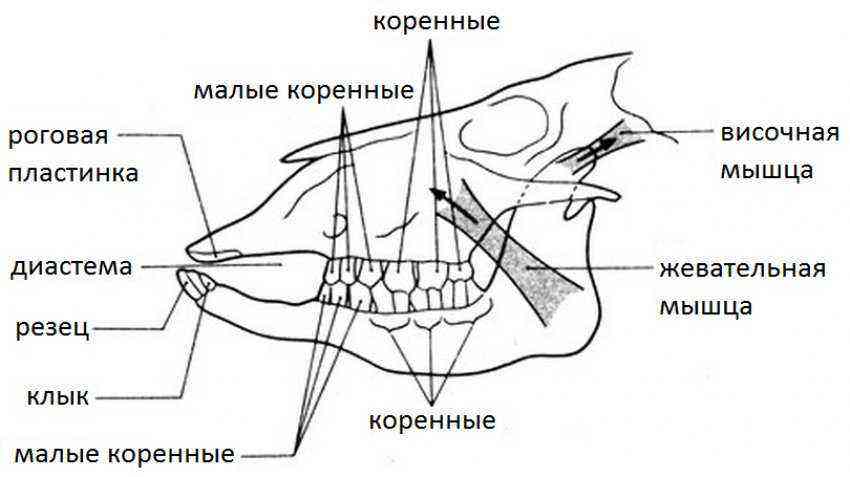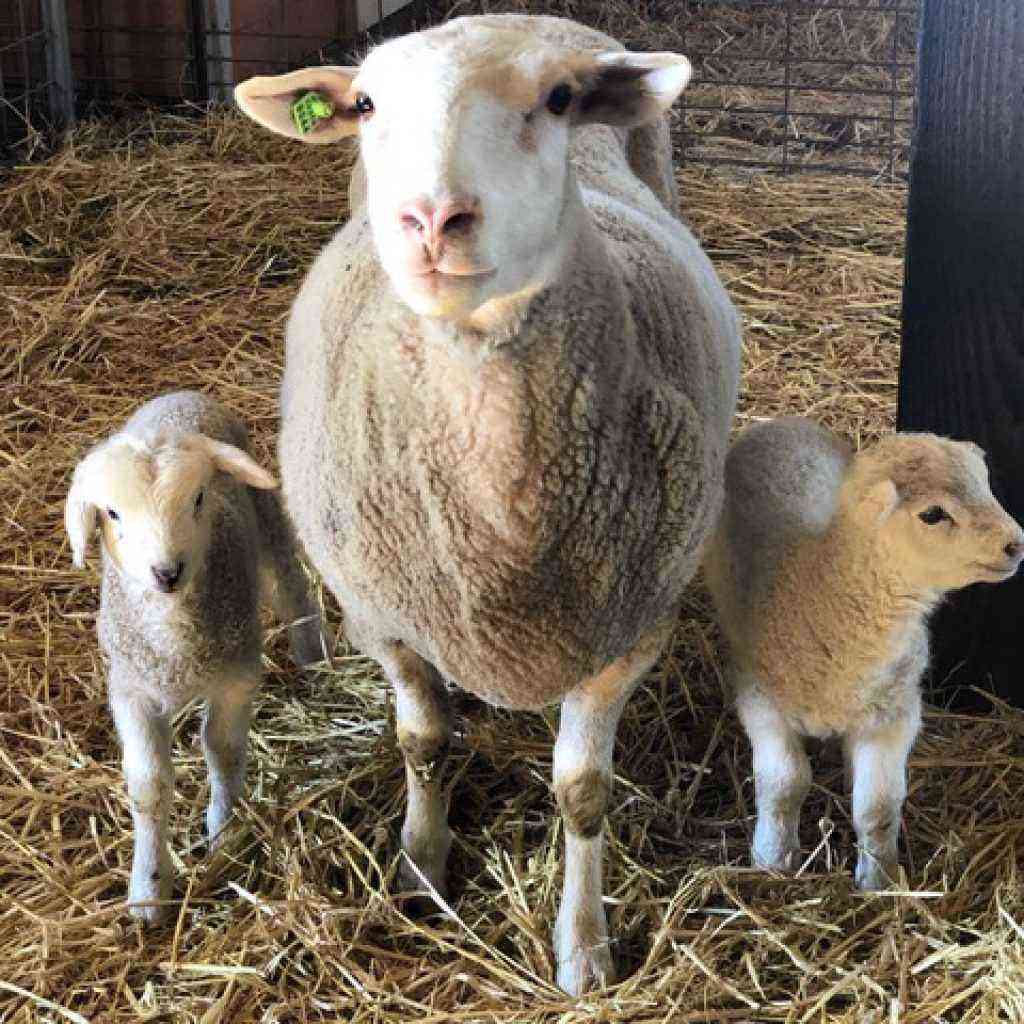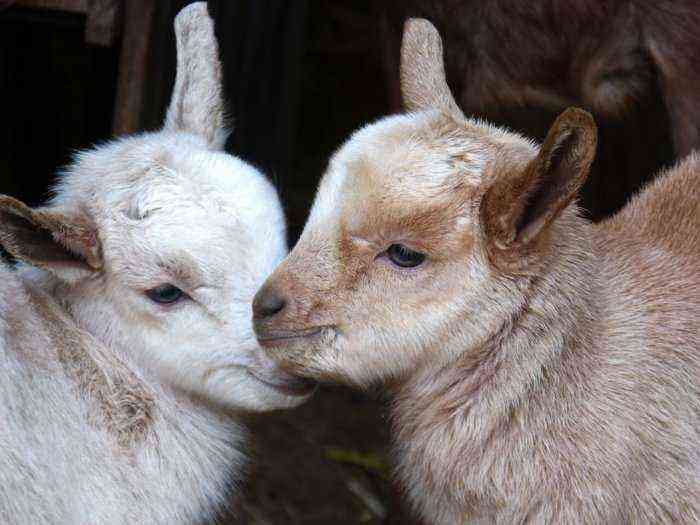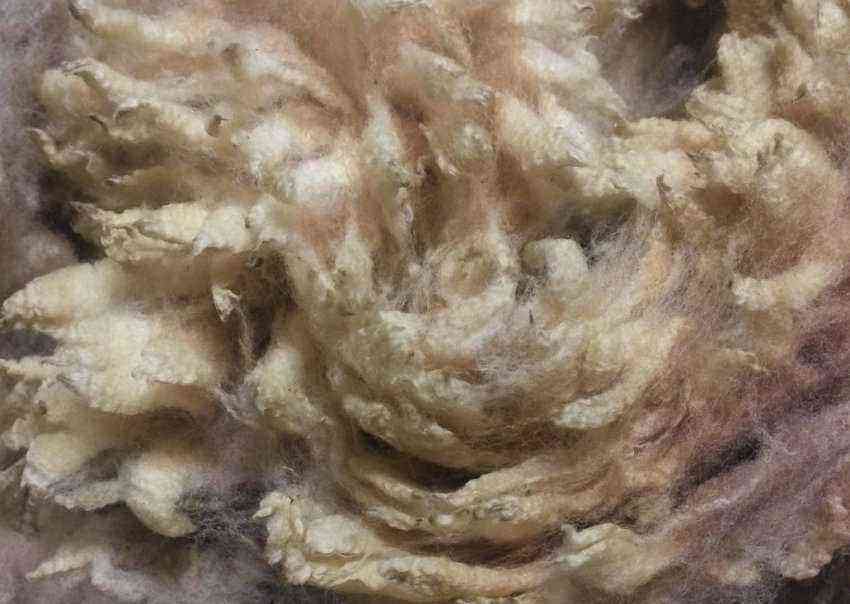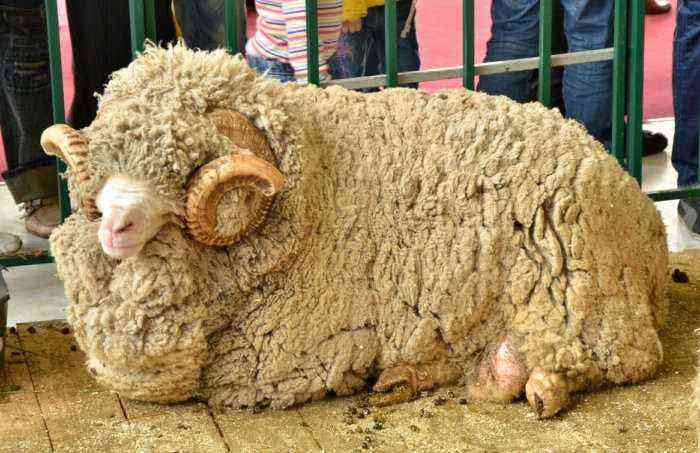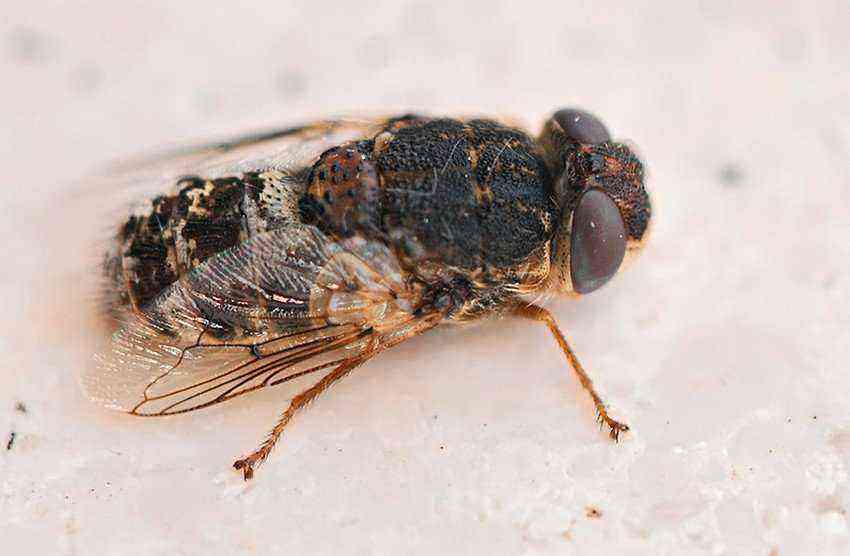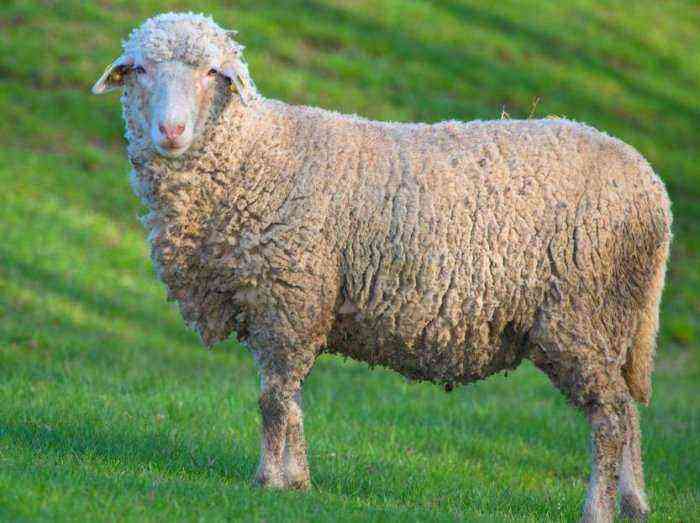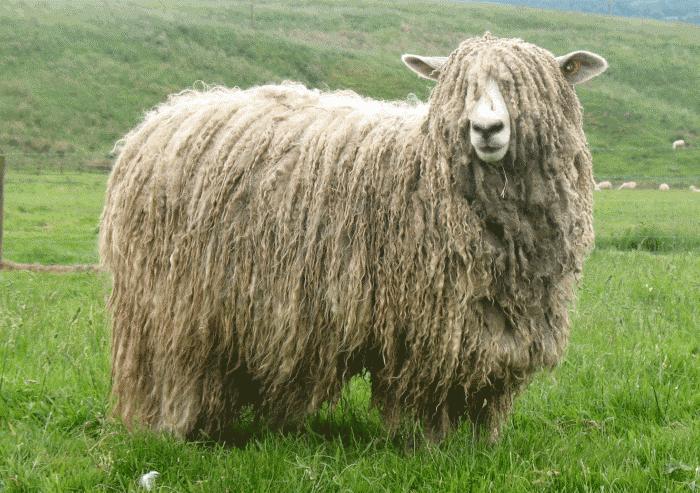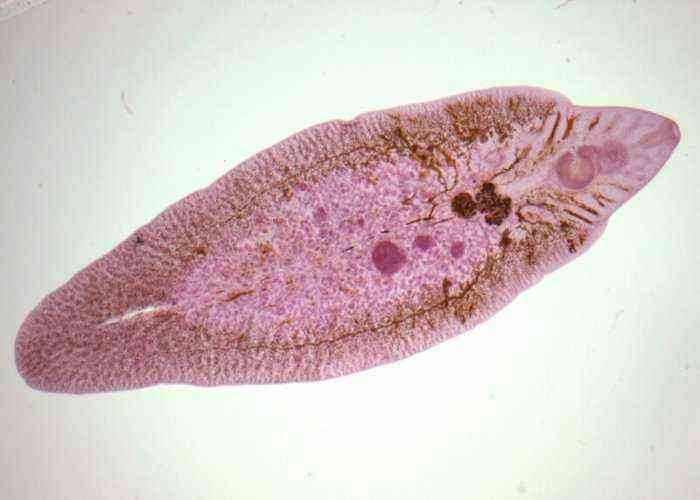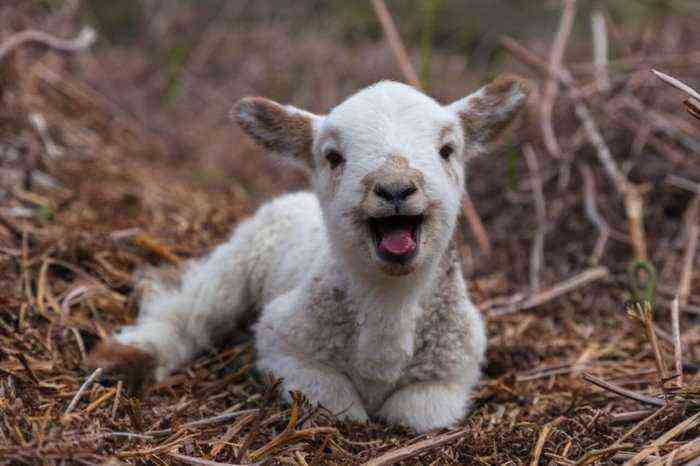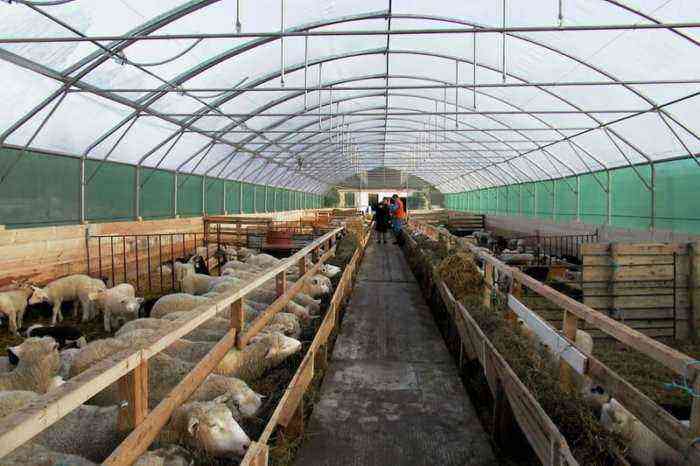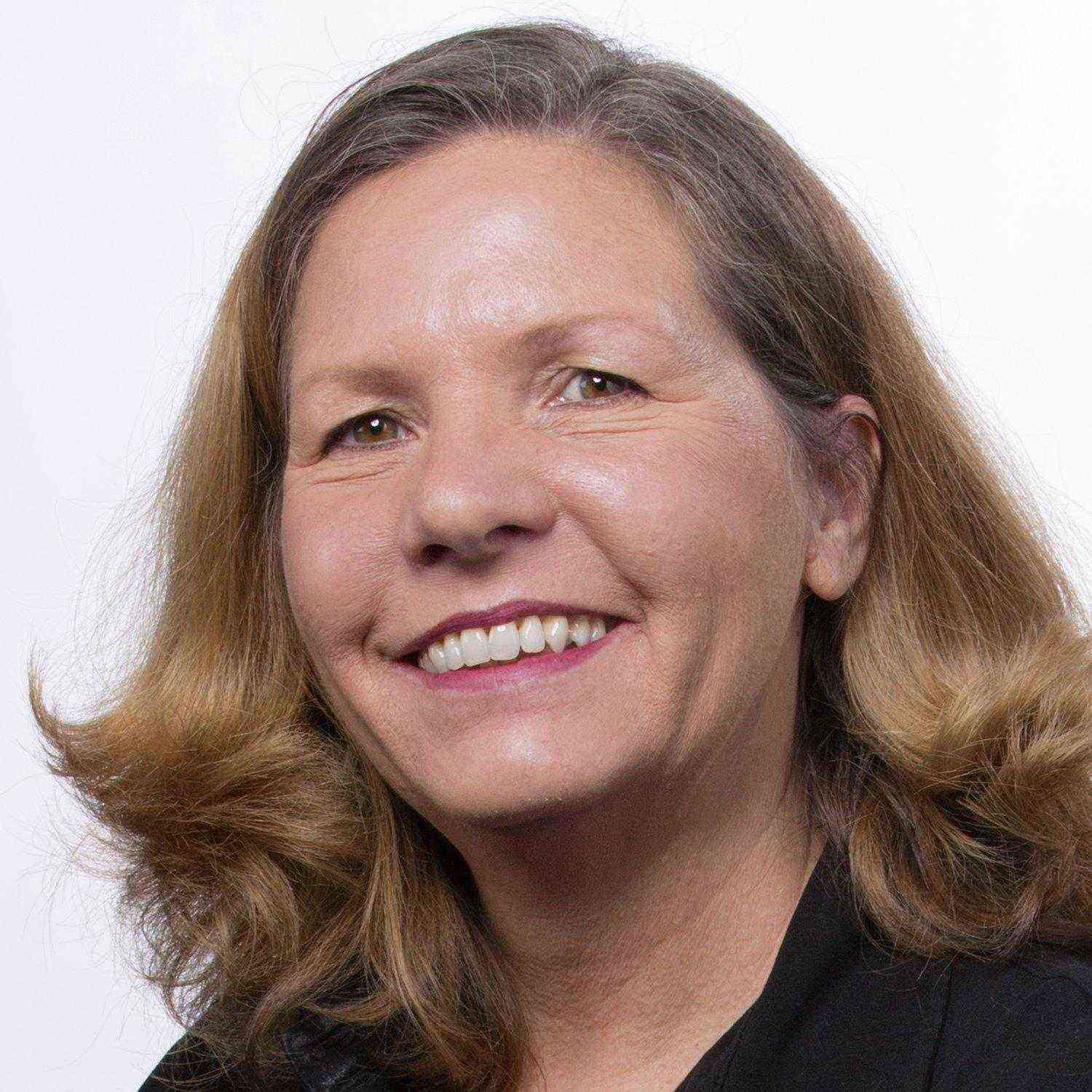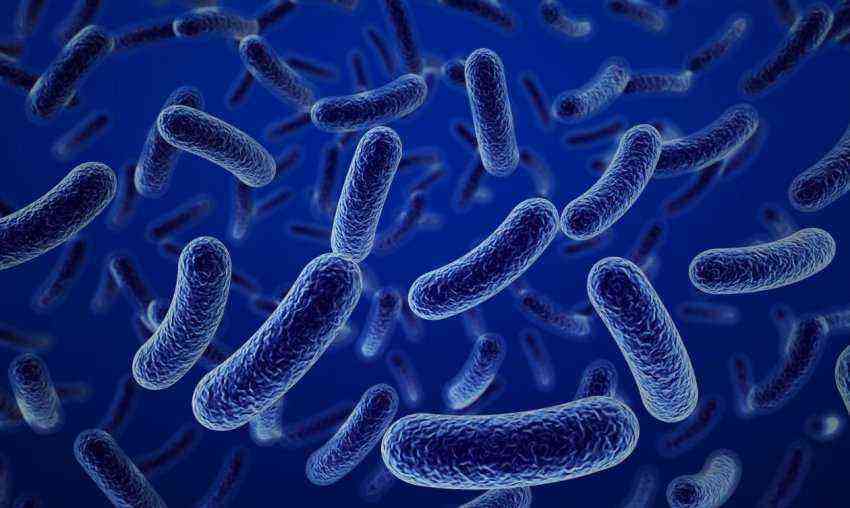The Kalmyk sheep has Mongolian roots, like other fat-tailed breeds of the meat-greasy direction – Edilbaev and Hissar. In Kalmykia, it is considered one of the best due to its high meat productivity. What is remarkable about these animals and whether it is profitable to breed them, readers will learn from this article.
Kalmyk breed of sheep
History of the breed
In the 17th century, Mongolian nomads entered the territory of modern Russia. All their property, including livestock, they kept to themselves. As a result of crossing Mongolian sheep with local ones, offspring appeared that adopted some of the features of their ancestors. Crossbred sheep were fat-tailed, distinguished by a strong physique, had endurance, like their ancestors, who roamed along with the Mongols.
After the end of the Second World War, the autonomous republic of Kalmykia was liquidated, and its population was deported. Part of the Kalmyks, along with their cattle, ended up in the Astrakhan region, as well as in Kazakhstan. As a result, Kalmyk sheep and rams began to be crossed with local breeds. So a new breed appeared, which has some similarities with other fat-tailed sheep descended from Mongolian ancestors – Edilbaev and Hissar.
Main characteristics
Despite the large dimensions of the body, visually Kalmyk rams and uterus look graceful. We characterize their external characteristics in detail:
- growth at the withers of an adult ram exceeds 80 cm, the uterus is smaller;
- male weight – 120-140 kg, females – 85-90 kg;
- the skeleton is strong;
- the body is knocked down, cylindrical;
- the back is straight;
- the sacrum is wide;
- in the tail area there is a fat tail – a fat sack, the size of which reaches 20×25 cm;
- the chest is powerful, deep;
- the limbs are long, dry, correctly set;
- the head is compact;
- profile with a small hump;
- the buccal region is convex;
- auricles elongated, drooping;
- the breeding stock is polled, 15% of rams have small horns;
- the coat is thick and coarse, the color is predominantly red, although there are individuals with white hair.
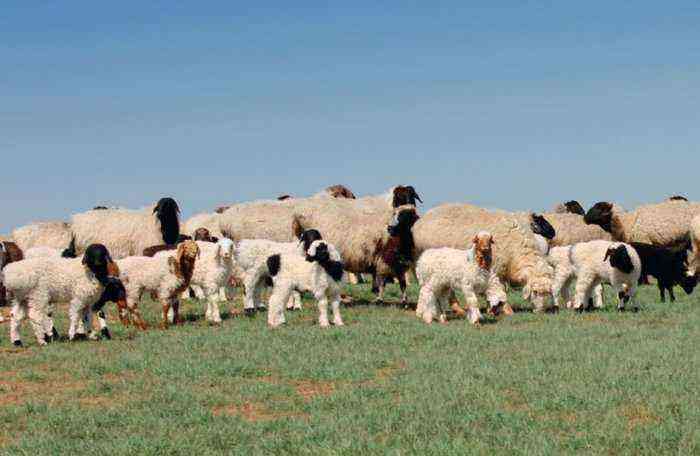
Kalmyk breed of sheep on pasture
An interesting feature of this sheep breed is that animals, being on a pasture, never cluster. They are dispersed throughout the pasture area. This behavior has a positive effect on the state of the land.
Attention! Representatives of the Kalmyk breed bite the plants not at the very base, but a few centimeters higher. This quality is valuable from the point of view of ecology.
Productivity
The Kalmyk breed is used to produce fat and meat. She also gives wool, but it is not highly valued. Coarse wool fiber is used for the manufacture of carpets, bedspreads.
Animals provide farmers with a useful product – tail fat. Kalmyks use it in cooking. The bulk of body fat in these sheep is concentrated in the fat tail. This is a formation that is located in the region of the tail of animals. The tallow sac is also present in related breeds of sheep – Edilbaev and Hissar. Its value directly depends on the degree of fatness of individuals.
Under good conditions, the fat tail can reach gigantic sizes. Fat tail fat contains nutrients that a sheep consumes when its diet becomes scarce. Thanks to this “strategic reserve”, animals are able to do without food and water for several days. The mass of fat in the fat-tailed pouch in fattening individuals reaches 17 kilograms.
Sheep fat tail differs depending on the shape and location. Kalmyks call this part of the body of sheep like this:
- ektse – the fat-tailed bag is located high, it does not create inconvenience when walking;
- unjgur – the tail hangs down (in some sheep it reaches the hocks).
Attention! In Kalmyk sheep, fat accumulates not only in the fat tail, but also in the shins and lower back.

The meat of this breed is juicy and tasty.
Large animals with well-developed muscle mass provide farmers with meat. Lamb, obtained from the Kalmyk breed, is tasty and juicy. However, as the animal grows older, muscle fibers become coarser, which is why meat taken from lamb and ewes at the age of 5-6 months is highly valued.
Attention! The daily weight gain in lambs up to 3,5-4 months is 500 grams.
The Kalmyk breed of sheep in their homeland is considered one of the best in terms of meat and greasy productivity, but it has a drawback: the uterus shows low fertility. However, their offspring are born viable and strong. Familiarity with this breed is useful for sheep breeders who are interested in large meat-and-fat animals.
